Every March, Jeju Island comes alive with the Jeju Fire Festival, a celebration that literally lights up the night. This festival showcases the island's unique culture and traditions, all while putting on a stunning show.
It's a time when locals and visitors gather to witness stunning fireworks, fire sculptures, and torch marches, all while enjoying delicious food from various vendors. The festival isn’t just about the spectacle, though; it has deep roots in Jeju's history.
Historically, farmers would set fields ablaze to clear old vegetation and pests, a practice that evolved into this vibrant modern event. Today, this ancient practice is celebrated with a grand event at Saebyeoloreum Volcanic Cone, where the entire area glows in fiery red.
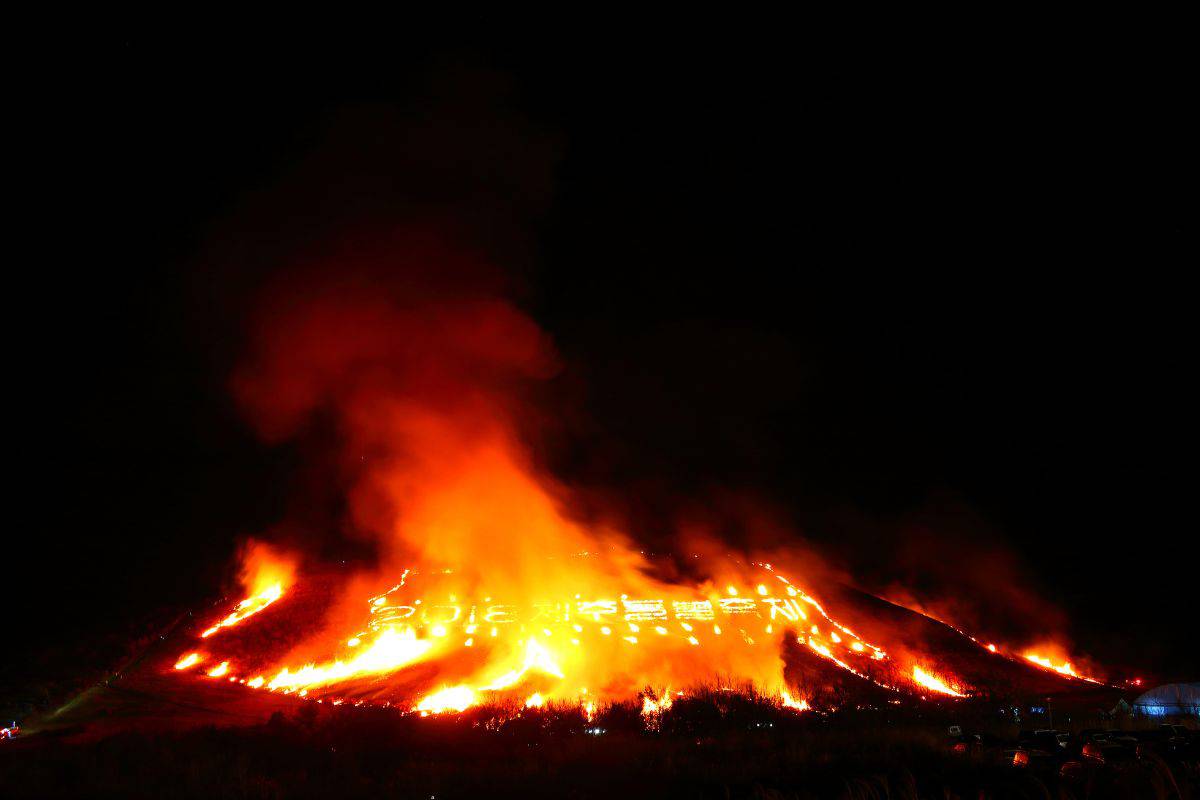
Jump to:
⌛ Historical Significance
Origin of Jeju Fire Festival
The Jeju Fire Festival, also known by its traditional name, Jeongwol Daeboreum, is rooted in an ancient agrarian practice called bangae. During this period, farmers on Jeju Island would set fire to fields and pastures in late winter or early spring.
This practice had practical purposes; it cleared old vegetation, pests, and diseases, and the resulting ash enriched the soil. This custom, known as gotjawal burning on Jeju Island, aimed to prepare the land for planting new crops.
Over time, this agricultural method transformed into a festival that symbolizes renewal and good fortune, during which Jeju villagers started setting the oreum (volcanic hills) ablaze every year to honor this tradition.
The event also helped burn away lingering bad luck from the previous year. Since 1997, this practice has been celebrated annually, drawing locals and tourists alike to witness the revival of a time-honored custom.
Mythology and Lore
The Jeju Fire Festival is steeped in mythology that adds to its cultural richness. According to local beliefs, burning the pastures was not just about agriculture but also a way to fend off evil spirits and bring good fortune. The flames were thought to purify the land, ensuring a bountiful harvest and good health for the villagers.
Myths linked to the festival often involve bears, which are significant in Korean and Jeju myths - all of these stories emphasize the protective and cleansing powers of fire.
The villagers believed that performing this ritual under the first full moon after the Lunar New Year would maximize the benefits, aligning the event with the lunar calendar's significant date of Jeongwol Daeboreum.
This blend of practical necessity and mystical belief has helped the Jeju Fire Festival become a cherished cultural heritage event, celebrating both the past and the promise of the new season ahead.
💃 Cultural Activities
Iconic Fireworks and Bonfire
The highlight of the Jeju Fire Festival is the fireworks display that lights up the night sky. This event is not just about the visual spectacle but also symbolizes the burning of old grass to make way for new growth.
Villagers and visitors gather to watch the bonfire, which is a traditional practice dating back to the days when farmers would burn fields to kill pests and promote healthy crops.
Another key element is the burning of the hill, also known as bongseong. Huge torches are set ablaze, creating a mesmerizing sight. This age-old tradition marks the end of winter and the beginning of spring. The bonfires are often accompanied by folk songs and dance performances, adding a cultural touch to the fiery celebration.
Traditional Competitions
In addition to the stunning displays of fire, the festival features several traditional competitions. These include games that test the skills and strength of participants, reflecting the island's agricultural roots. One popular competition involves torch-carrying, where villagers race while holding lit torches, showcasing their endurance and spirit.
The festival also features contests where farmers showcase their cattle and horses, a nod to Jeju's rich history of livestock care. Visitors can see firsthand how the islanders have maintained these traditions over centuries. These competitions often draw crowds, providing an exciting experience for both participants and spectators.
Traditional games such as ganggangsullae (a traditional Korean folk dance) and tug-of-war are also popular. These activities not only entertain but also educate visitors about the cultural heritage of Jeju Island. Families and friends gather to cheer on competitors, creating a lively and community-centered atmosphere.
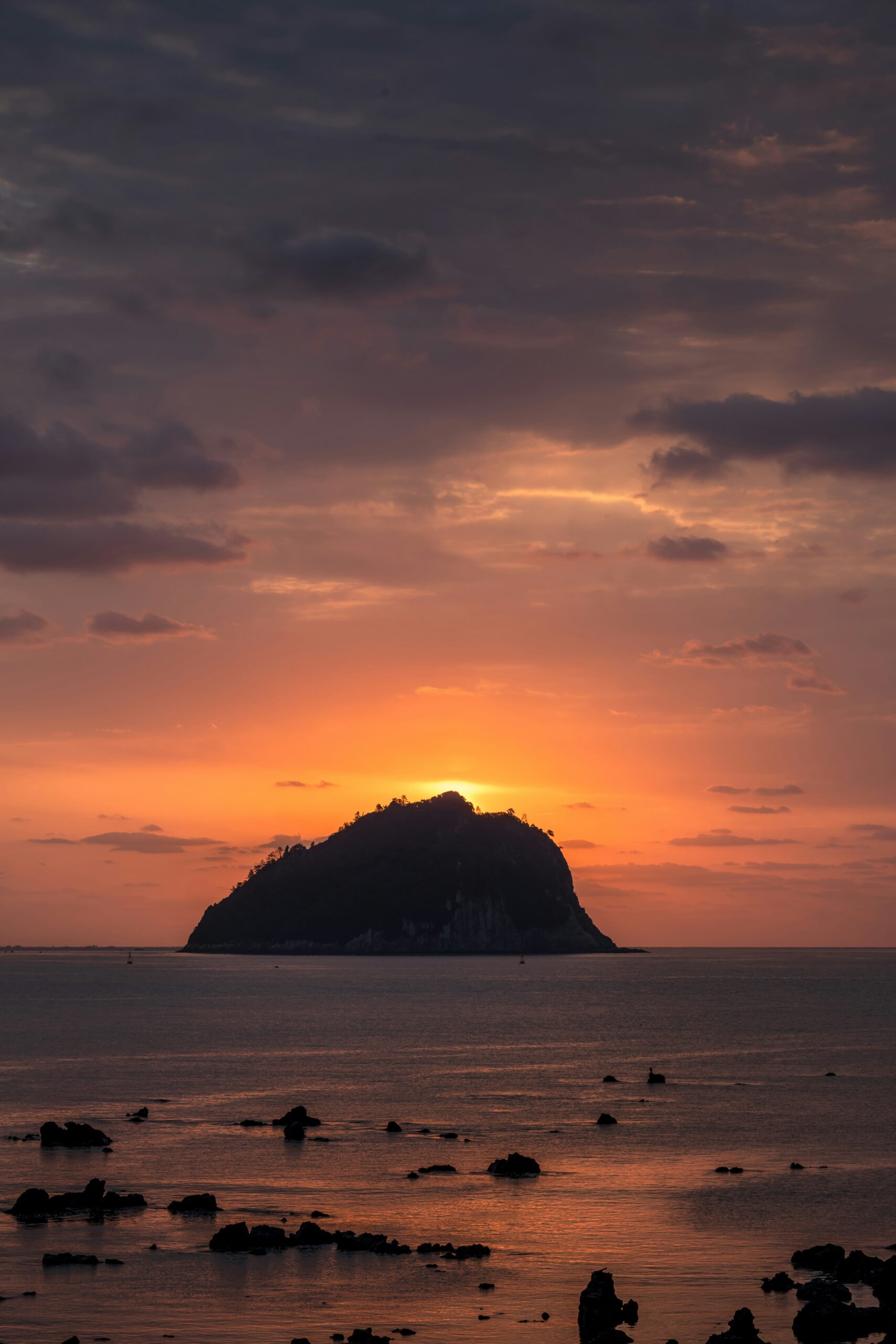
🔥 The Jeju Fire Festival Experience
Annual Celebrations Schedule
The Jeju Fire Festival kicks off each year at Saebyeol Oreum in early March, marking the start of spring. Gyungchip Day, known as the Day of Waking Insects, is a highlight of the festival, symbolizing new beginnings and the thawing of winter.
Events typically include a grand Torch March, a bangae burning ceremony, and stunning fireworks. These activities run for several days, ensuring that each evening is filled with captivating sights and cultural displays.
The festival dates and specific event times can vary, I encourage you to check the official festival page for the most up-to-date information.
Visitor Participation
Visitors can fully immerse themselves in the festival by taking part in various hands-on activities. Making and lighting traditional torches is a popular activity, allowing participants to engage with the ancient practices of Jeju's ancestors.
Food and drink stalls offer Korean street food delicacies, giving everyone a chance to savor traditional Jeju flavors. Special events like traditional dance performances, musical shows, and interactive workshops keep the festival lively.
For a comprehensive experience, tourists are encouraged to wear traditional garments or hats, available for rent or purchase at the event. This not only enhances their participation but also makes for great photo opportunities against the backdrop of the spectacular sight of the fire displays.
Additionally, festivalgoers participate in beach clean-up activities, highlighting the importance of preserving Jeju Island’s natural beauty. These efforts have garnered awards for the festival, including recognition as the Most Proud Cultural Resource by the people of Jeju.
Transportation and Amenities
Getting to the festival is easy with several transportation options available. Jeju International Airport is the nearest airport, with shuttle buses running directly to Saebyeol Oreum. These buses operate frequently during festival days, ensuring smooth and convenient travel for visitors.
Upon arrival, there're ample parking and clearly marked entrances to streamline the flow of attendees. Various hotels and lodging options are nearby, ranging from luxury resorts to budget-friendly motels.
On-site amenities include restrooms, first aid stations, and information booths to assist visitors. For those wishing to explore the island further, local buses and taxis provide easy access to other attractions and parks around Jeju.
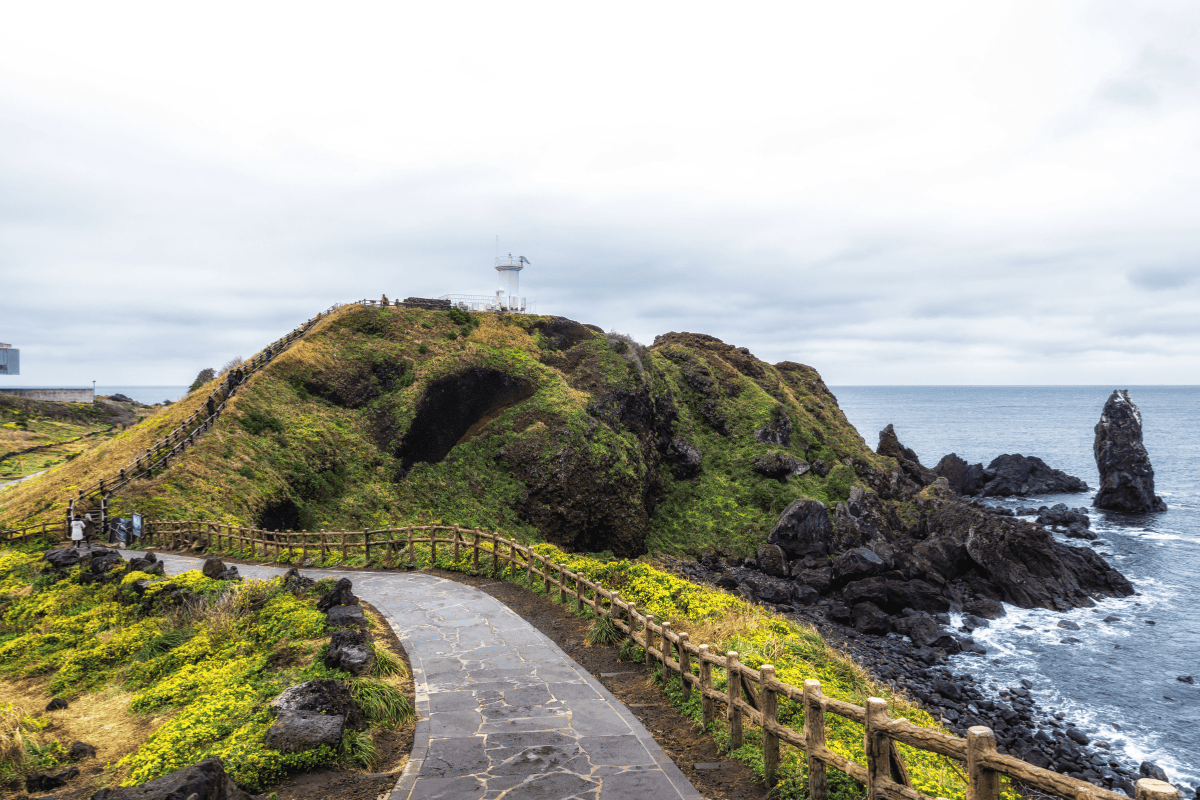
📝 Planning Your Trip
Best Time to Visit
The Jeju Fire Festival typically takes place in March each year, marking the start of spring on Jeju Island. The weather is usually mild, making it an ideal time for outdoor events. Visitors can also enjoy the spectacle of the Seongsan Ilchulbong Peak, especially during sunrise.
Early planning can help you find the best accommodations and flights, as this period can be quite popular.
Other Attractions on Jeju Island
Jeju Island, known for its stunning natural beauty, has a lot to offer beyond the Jeju Fire Festival. One must-visit is Halla Mountain, the highest peak in South Korea, perfect for hiking and enjoying panoramic views.
Aewol-eup is another excellent spot, famous for its scenic coastal roads and charming cafes. For those interested in history and culture, the Jeju Folk Village Museum provides insight into traditional Jeju culture with its preserved houses and artifacts.
Jeju Loveland is a unique sculpture park that’s both fun and thought-provoking. Families can also enjoy a day at Teddy Bear Museum, showcasing a wide array of teddy bears from different eras and countries.
Visitors shouldn’t miss Manjanggul Cave, one of the longest lava tubes in the world, and a UNESCO World Heritage Site. If you're a first-timer, this 3-day Jeju itinerary might help.
Accommodations and Travel Tips
Travelers can choose from a variety of accommodations on Jeju Island, from luxury hotels to budget-friendly guesthouses. Booking early and nearby to the festival site in Saebyeol Oreum can save you travel time.
Flying into Jeju International Airport is the most convenient option, with direct flights from major cities. Alternatively, ferries from Busan or Mokpo offer scenic routes to the island, while renting a car or using local buses can help you explore the island comfortably.
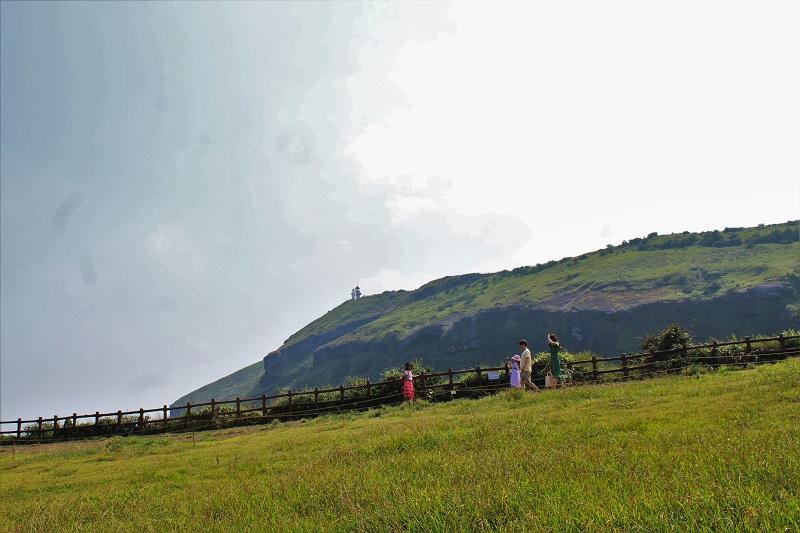
❓ Frequently Asked Questions
Visitors can enjoy a variety of events including fireworks, cultural performances, and field-burning ceremonies. The festival features stage shows and interactive activities to engage attendees, though outdoor activities like hiking up the oreum (hill) to watch the fire ceremonies are also popular.
Participating is easy for both locals and tourists. Free shuttle buses are provided from several pick-up points in Jeju City, such as Top Dong station and Jeju University station. Attendees can join in on community activities and explore the festival grounds.
The festival usually starts on the first Thursday of March and lasts for four days. This timing aligns with the transition from winter to spring, marking an important cultural period for agricultural activities on Jeju Island.

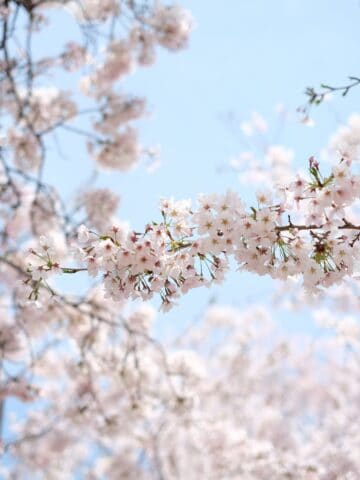
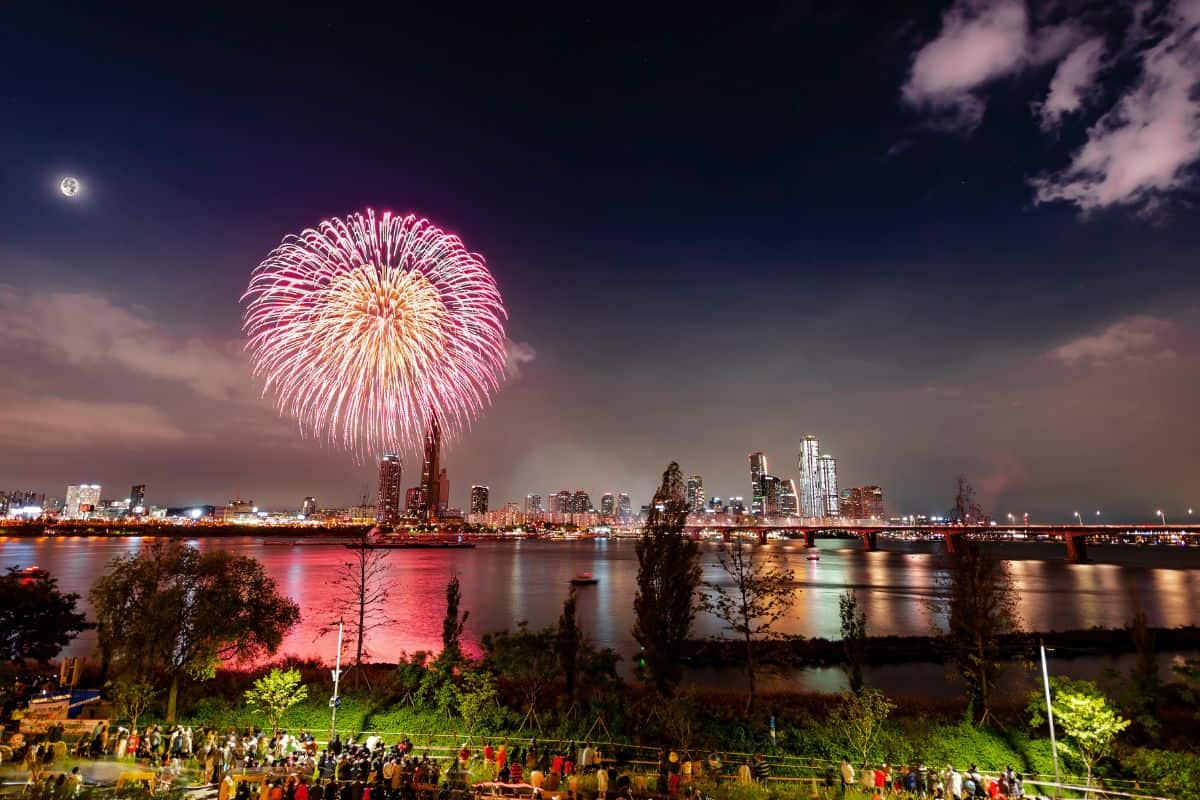
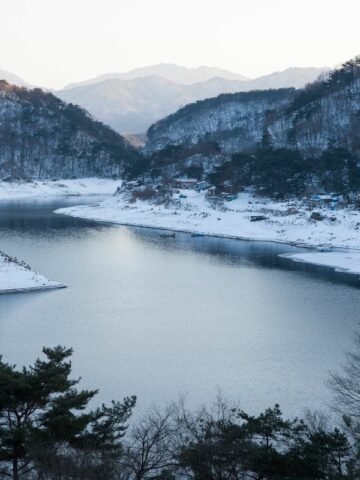
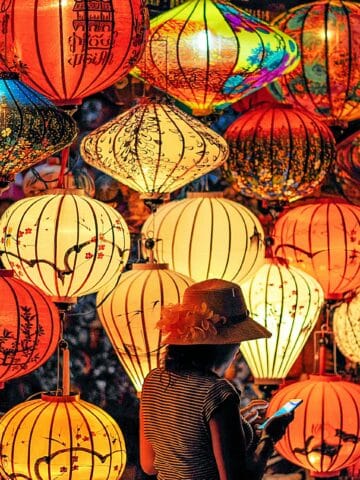
Comments
No Comments